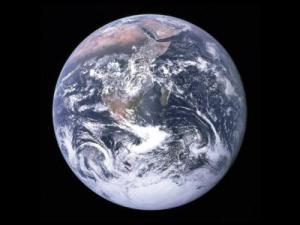By Catherine Meyers
From China to Chile, great science stories happen all over the world. Scientists have long been collaborating with their colleagues across international borders, and the World Federation of Science Journalists is helping science writers to do the same thing.
WFSJ aims to facilitate communication amongst its 41 member associations and their individual members, said Jean-Marc Fleury, executive director of the federation.One venue for such communication is the upcoming World Conference of Science Journalists, which will be held in June in Cairo.
NASW is co-hosting the conference at a beautiful hotel on the banks of the Nile. According to Deborah Blum, the Program Committee Chair, the ideas and the food should flow freely. Members of NASW should be on the lookout for soon-to-be-posted information about travel fellowships.
WFSJ also works to foster relationships between science writers in the developing world and their colleagues in countries with more established journalism traditions. The SjCOOP project connects aspiring journalists in African and Arab nations with experienced mentors. New journalists from the program have already gone on to create new science beats, win prizes for their reporting, and cover science that has impacted policy decisions, said Olfa Labassi, the Chief Financial Officer of WFSJ.
Although American science journalists may be wondering about the growth potential for their profession in the United States, Deborah Blum noted that science journalism is exploding in other countries around the world. Internationally-minded science writers will have many opportunities to collaborate with a global community of colleagues.




